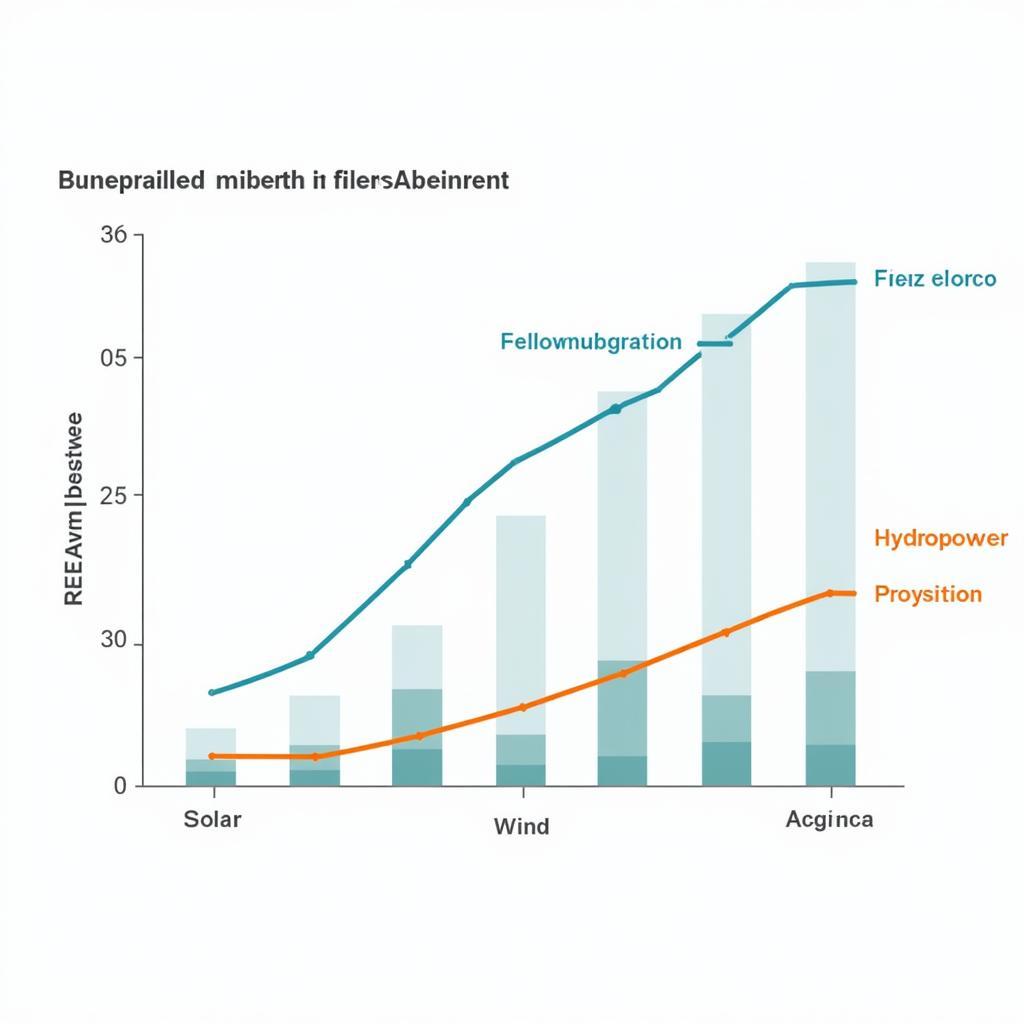The 5th Asean Energy Outlook (AEO5) provides critical insights into the region’s energy future, charting a path towards sustainable energy development. This comprehensive outlook analyzes trends, projections, and potential challenges for ASEAN’s energy sector, aiming to inform policy decisions and guide investments in the years to come. It is an essential document for anyone interested in understanding the evolving energy landscape of Southeast Asia.
Understanding the Importance of the 5th ASEAN Energy Outlook
The AEO5 is more than just a report; it’s a strategic roadmap. It explores diverse scenarios for energy demand and supply, considering various factors such as economic growth, technological advancements, and policy interventions. By offering a glimpse into potential futures, the AEO5 empowers policymakers and stakeholders to make informed decisions that will shape the region’s energy trajectory. This forward-looking perspective is crucial for ensuring energy security, promoting sustainable development, and mitigating the impacts of climate change.
Key Projections and Insights from the AEO5
The 5th ASEAN Energy Outlook highlights several key projections and insights that are essential for understanding the region’s energy future. One of the most significant projections is the continued growth in energy demand, driven by rapid economic development and increasing populations. This growing demand necessitates a shift towards more sustainable energy sources and improved energy efficiency. The AEO5 also emphasizes the importance of regional cooperation in achieving energy security and promoting sustainable energy development. By working together, ASEAN member states can leverage their collective resources and expertise to address common challenges and unlock the full potential of the region’s energy sector.
Deep Dive into Renewable Energy Integration
The AEO5 explores the potential for increased integration of renewable energy sources, such as solar, wind, and hydropower, into the ASEAN energy mix. This transition towards cleaner energy sources is vital for reducing greenhouse gas emissions and mitigating the impacts of climate change. The report identifies key barriers to renewable energy adoption, including policy and regulatory frameworks, financing mechanisms, and technological development. Overcoming these challenges will be crucial for unlocking the full potential of renewable energy in the region.
 ASEAN Renewable Energy Integration Graph
ASEAN Renewable Energy Integration Graph
What are the Challenges and Opportunities Presented by the AEO5?
While the AEO5 paints a promising picture for the future of energy in ASEAN, it also acknowledges the challenges that lie ahead. These include the need for significant investments in energy infrastructure, the development of skilled workforces, and the creation of supportive policy environments. However, these challenges also present significant opportunities for innovation, collaboration, and sustainable growth. By embracing these opportunities, ASEAN can ensure a secure, sustainable, and prosperous energy future for all its citizens. The AEO5 provides asean 8 dialogue partners with crucial context for engaging with the region’s energy sector.
How does the AEO5 Address Energy Security Concerns?
Energy security is a top priority for ASEAN, and the AEO5 dedicates significant attention to this critical issue. The report analyzes various factors that can impact energy security, such as geopolitical instability, natural disasters, and supply chain disruptions. It also explores strategies for enhancing energy security, including diversification of energy sources, strengthening regional energy cooperation, and improving energy efficiency.
 ASEAN Energy Security Map
ASEAN Energy Security Map
Conclusion: Shaping a Sustainable Energy Future for ASEAN
The 5th ASEAN Energy Outlook provides a vital framework for shaping the future of energy in Southeast Asia. By understanding the projections, challenges, and opportunities presented in the AEO5, stakeholders can work together to ensure a sustainable, secure, and prosperous energy future for the region. The report serves as a call to action, urging governments, businesses, and individuals to play their part in building a resilient and sustainable energy landscape. It underscores the importance of collaboration, innovation, and long-term planning in achieving ASEAN’s energy goals.
FAQ
- What is the 5th ASEAN Energy Outlook (AEO5)?
- How does the AEO5 contribute to ASEAN’s energy policy?
- What are the key projections for energy demand in ASEAN?
- What role do renewable energy sources play in the AEO5?
- How does the AEO5 address energy security concerns?
- What are the main challenges and opportunities highlighted in the AEO5?
- Where can I access the full 5th ASEAN Energy Outlook report?
Do you have other questions? Check out our other articles on ASEAN energy.
Need support? Contact us at Phone Number: 0369020373, Email: aseanmediadirectory@gmail.com Or visit our address: Ngoc Lien Village, Hiep Hoa, Bac Giang, Vietnam. We have a 24/7 customer support team.

